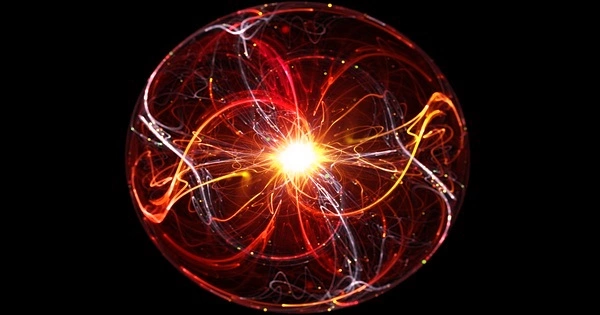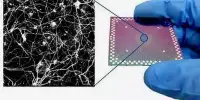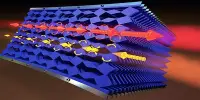New scientific findings confirm an anomaly observed in previous experiments, which may point to an as-yet unconfirmed new elementary particle, the sterile neutrino, or indicate the need for a new interpretation of a standard model physics aspect, such as the neutrino cross section, which was first measured 60 years ago. The Baksan Experiment on Sterile Transitions (BEST) experiment, the results of which were recently published in the journals Physical Review Letters and Physical Review C, is led by Los Alamos National Laboratory.
“The results are very exciting,” said Steve Elliott, lead analyst for one of the data-analysis teams and a member of Los Alamos’ Physics division. “This clearly confirms the anomaly observed in previous experiments. However, it is unclear what this means. There are now conflicting findings regarding sterile neutrinos. If the findings show that fundamental nuclear or atomic physics is being misunderstood, that would be very interesting as well.” Ralph Massarczyk and Inwook Kim are also members of the Los Alamos team.
The methodology of the experiment was thoroughly reviewed to ensure that no mistakes were made in aspects of the research, such as radiation source placement or counting system operations.
Steve Elliott
BEST used 26 irradiated disks of chromium 51, a synthetic radioisotope of chromium and the 3.4 megacurie source of electron neutrinos, to irradiate an inner and outer tank of gallium, a soft, silvery metal also used in previous experiments, though previously in a one-tank setup, more than a mile underground in Russia’s Caucasus Mountains. The isotope germanium 71 is created by the reaction of electron neutrinos from chromium 51 and gallium.
The measured rate of germanium 71 production was 20-24% lower than expected based on theoretical modeling. This discrepancy is consistent with the anomaly observed in previous experiments.

BEST is based on the Soviet-American Gallium Experiment (SAGE), a solar neutrino experiment in which Los Alamos National Laboratory was a major contributor beginning in the late 1980s. Gallium and high-intensity neutrino sources were also used in that experiment. The results of that experiment and others revealed a deficiency in electron neutrinos, a discrepancy between predicted and observed results known as the “gallium anomaly.” The deficit could be interpreted as evidence of oscillations between electron neutrino and sterile neutrino states.
In the BEST experiment, the same anomaly occurred. Another possible explanation is oscillation into a sterile neutrino. The hypothetical particle could be a component of dark matter, a hypothetical form of matter thought to make up the vast majority of the physical universe. However, that interpretation may require further testing because the measurement for each tank was roughly the same, albeit lower than expected.
Other possible explanations for the anomaly include a misunderstanding in the theoretical inputs to the experiment – that the physics itself needs to be reworked. Elliott points out that the electron neutrino cross section has never been measured at these energies. The electron density at the atomic nucleus, for example, is a theoretical input to measuring the cross section that is difficult to confirm.
The methodology of the experiment was thoroughly reviewed to ensure that no mistakes were made in aspects of the research, such as radiation source placement or counting system operations. If the experiment is carried out, future iterations may include a different radiation source with higher energy, a longer half life, and sensitivity to shorter oscillation wave lengths.















